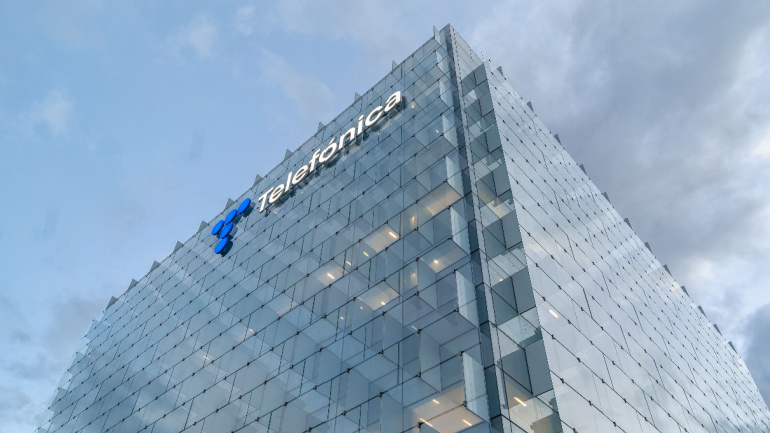As the digital revolution persists, Communication Service Providers (CSPs) are redefining traditional revenue streams, with data monetisation being key to their success. CSPs have transitioned from solely facilitating connectivity to enabling fascinating digital technologies. They’re effectively tapping into the vast quantities of data from their networks to drive valuable insights. For instance, Vodafone Portugal, aided by Celfocus, successfully converted raw data into significant insights to improve operational effectiveness.
In a surprising shift, Cellnex decides to offload its private networks niche to Boldyn Networks, refocusing its operations back to its base business of towers. This comes despite previously earmarking the private networks sector as critical for growth and the Superlative successes recorded by Edzcom, the Finnish-based firm that designs and runs 4G and 5G networks. This transition aims to trim the company’s debt. In contrast, Boldyn Networks is ready to capitalize on the promising growth in 5G private networks, projected to hit $109.4 billion by 2030.
Emerging from the tech world, the AI Pin—an innovative, screen-free wearable gadget—incorporates artificial intelligence to facilitate verbal engagement and numerous other unique functionalities. Embedded into a shirt, it provides easy, hands-free access to information and personal communication. It features an unusual ability to support nutritional goals, leveraging computer vision technology to identify various food items. Functioning on the tailored OS, Cosmos, the AI Pin tries to simplify user interaction with AI, by veering away from the conventional method of downloading or launching apps. With no need for smartphone pairing and its claim of not eavesdropping on user’s conversations, it offers a fresh take on consumer technology.
The FCC is poised to address digital equity, introducing measures aimed at eliminating any biased broadband service access. However, controversy surrounds these new regulations, with critics framing them as an invasive expansion of FCC control. Intriguing dialogue likely awaits in their upcoming November meeting.
Telefonica embarks on a bold plan to revitalize its cash flow and revenues. In a strategy termed ‘GPS’, it plans to amplify free cash flow generation, while also targeting significant growth in various sectors like retail and digital services. Interestingly, the plan marries stringent financial targets with the crucial aspect of digital transformation – an ambitious endeavor that could redefine the company’s standing moving forward.
In a push for universal cybersecurity standards, the EU faces backlash from global telecommunications titans like Ericsson and Nokia, who warn of supply chain disruptions akin to those experienced during COVID-19. Striking a balance between stringent security measures and smooth product availability is crucial, prompting these industry leaders to suggest increased self-assessment and more lenient implementation timeframes. However, the underpinning question remains – who should ensure industry compliance, the vendors or third parties? Amidst the surge in cybercrime, a secure, streamlined approach is paramount.
The ambitious nexfibre roll-out strategy continues with plans to extend their services using the advanced XGS-PON architecture, promising symmetrical speeds up to 10 Gbps. This includes expansion into locations like Kent, Cheshire, and Durham. With fruitful collaboration with Virgin Media O2, nexfibre is set to revolutionize broadband access in the UK.
Diving into the complex dynamics of the telecom industry, Telecom Italia (TIM) pushes forward with the sale of its fixed-line network to US-based KKR, forecasting considerable debt reduction. Yet, Vivendi’s discontent raises questions about ownership rights, stirring an interesting conflict.
Telefónica, a Spanish operator group, is set to acquire the remaining shares of Telefónica Deutschland, taking a decisive leap in consolidating their place in the European telecom sector. This bid, however, isn’t without its potential hurdles. For stakeholders to see potential, they need to be convinced the company’s predicted growth won’t overshadow the offered price. Meanwhile, a surprising twist comes into play as Saudi operator group, STC, expresses its interest to buy a stake in Telefónica, triggering a wave of political interest in Spain.
This saga involving T-Mobile’s massive $23 billion merger takes a fresh twist as the company is pushed into the spotlight over allegations of anti-competitive activities. Seven complainants allege that the consolidation of the mobile space resulted in AT&T and Verizon hiking their prices. With these lawsuit-triggered questions featuring at the heart of the upcoming Connected America conference, the telecom industry braces itself for this landmark case’s outcomes.













